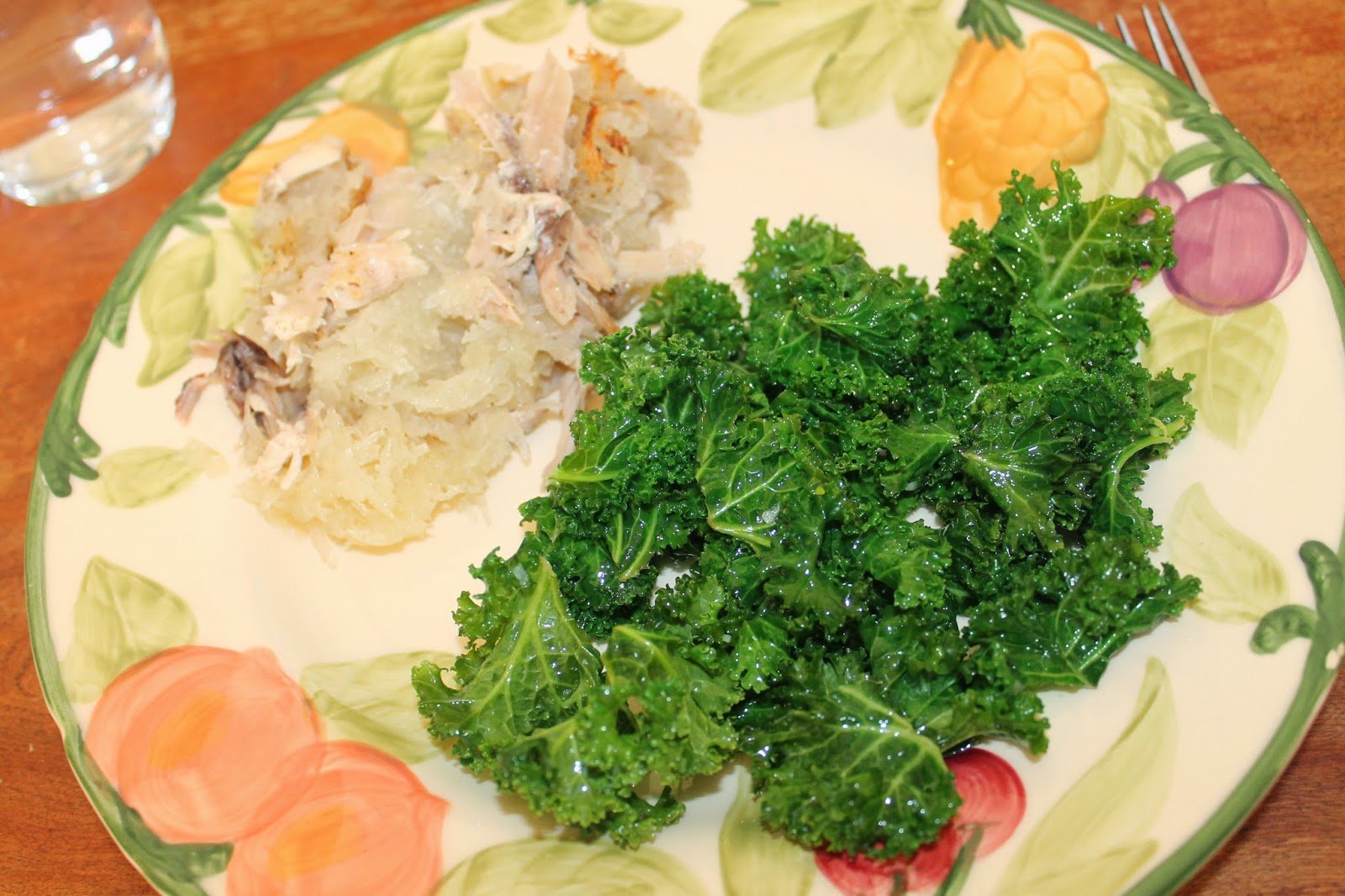The best thing about this whirl-wind trip around the world is getting to indulge in some new foods. I love to cook and trying new recipes is somewhat of a challenge for me because I usually end up adapting recipes to my family's tastes before I actually make the original recipe.
I don't usually do this with breads, however. Breads are one of those things that generally require such precise measurements that if I fudge with the recipe without making a loaf first, I end up with a loaf of bread that no one eats because it's too...interesting.
I will readily admit that I was nervous about the black bread. It has a few questionable ingredients and I wasn't sure that my two boys (who, in reality, are quite adventurous foodies) would be able to handle it. I had my doubts about the coffee grounds. I had my doubt about the chocolate. I had my doubt about the caraway seeds. But what emerged from the oven was so beautiful and tasty, my mouth is watering a bit right now.
And the boys loved it, too!
We cheated a bit with the Lobio, as it is originally a Georgian dish, but it was very difficult to find a Russian bean dish that wasn't a soup. Although not everyone raved about this dish, I loved the flavor of the beans and ground walnuts and found the dish to be even better the next day, served at room temperature.
Lobio (original recipe here)
Serves 6
1 cup dried kidney beans, soaked overnight
1 cup walnuts (bits and pieces okay)
1 red onion, diced
1 tbs olive oil
2 cloves garlic, minced
1/4 cup red wine vinegar
1 tsp dried savory
1 pinch dried fenugreek
1/2 cup (total) of basil and parsley
salt and pepper, to taste
1. Simmer beans for about 1-2 hours until they begin to fall apart. Add more water as necessary.
2. Saute onions in oil until transparent.
3. Grind walnuts with salt, pepper, garlic, and the dried herbs.
4. Drain the beans, reserving about 1-2 cups of water. Add the onions, mixing well, then add the ground walnut mixture. Add additional salt and pepper, if needed. Add water a little bit at a time to make a sauce.*
5. Add the red wine vinegar and fresh spices. Mix well. Serve hot, warm, or cold. The longer the Lobio sits, the stronger the flavor.
*This is based on your personal preference, so add lots of water if you like sauce and just a little if you prefer drier foods.
Russian Black Bread (original recipe here)
Makes 2 large loaves
4 cups rye flour
3 cups white flour
1 tsp sugar
2 tsp salt
2 cups bran flakes
2 tbs caraway seeds, crushed
2 tsp coffee grounds
2 tsp onion powder
1/2 tsp fennel seed, crushed
4 1/2 tsp yeast
2 1/2 cups water
1/4 cup apple cider vinegar
1/4 cup dark molasses
1 square (1 oz) unsweetened chocolate
1/4 cup butter
1 tsp cornstarch
1/2 cup cold water
1. Combine the rye and white flours.
2. Using a large bowl, mix 2 1/3 cups of the flour mixture, sugar, salt, bran flakes, caraway seeds, coffee, onion powder, fennel seeds, and yeast.
3. Combine 2 1/2 cups water, vinegar, molasses, chocolate, and butter in a saucepan. Heat over low heat until liquids are warm (butter and chocolate do not need to fully melt).
4. Gradually add the mixture to the dry ingredients and beat for about two minutes with your mixer. Add 1/2 cup of the flour mixture. Beat for another two minutes. Repeat until the mixture forms a soft dough. Let rest for 10 minutes.
5. Knead for about 10-15 minutes, then place dough in well-greased bowl, turning it so that the dough gets grease on the top as well as the bottom. Cover and let rise in a warm place, until doubled (about 1 hour).
6. When the dough has doubled, punch it down, remove from bowl onto a floured surface, and divide in half. Shape each half into a ball. Place the balls onto a large, greased pizza pan or two small, greased cake pans. Cover and let rise until doubled in bulk again (about 30 minutes to an hour).
7. Bake in a 350 degree oven for about 45-50 minutes.
8. While the bread is baking, combine the cornstarch and the ice water. Cook over medium heat, stirring constantly, until the mixture just begins to boil. Continue to cook for another minute. As soon as the bread is baked, brush the cornstarch mixture over the tops of the loaves. Return the bread to the oven and bake for another two or three minutes, until the glaze sets. Remove from the pans and cool on wire racks.
 There's nothing more comforting than macaroni and cheese, right?
There's nothing more comforting than macaroni and cheese, right?



































